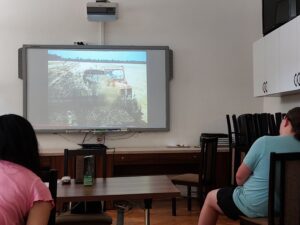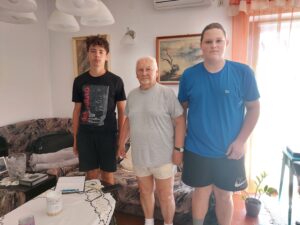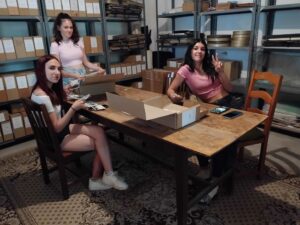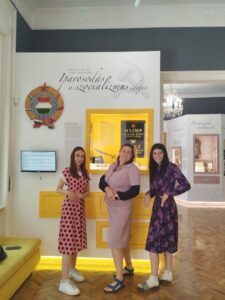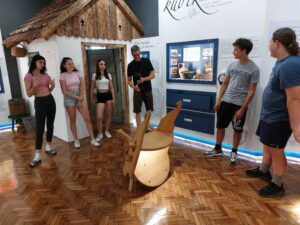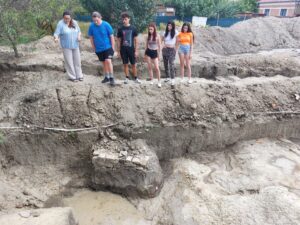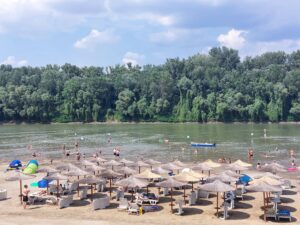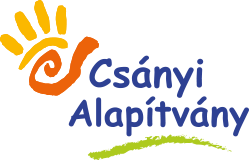
II. Archaeology-History-Ethnography Research Days
On July 23, the II. Archaeology-History-Ethnography Research Days began, organized with the help of the Tari László Museum in Csongrád. A small group of young people from Szentes will tackle a completely new and complex set of tasks this week. The long-term goal is to create a temporary exhibition showcasing the life of the city during the Kádár era. To achieve this, we first need to familiarize ourselves with the period to be studied. This will be followed by conducting interviews within the framework of oral history research and planning the elements of the exhibition. Many interesting tasks and useful work await us this week! -Sándor Kovács, mentor, Szentes1
“In the more distant future, we would like to put together an exhibition from the Kádár period. Within this, from the development history of the city of Csongrád, from the perspective of the people of Csongrád. On the first day, we got acquainted with the era to be examined. For this purpose, we also watched a movie. We saw many interesting things in the exhibition, which enriched us with a lot of unforgettable knowledge. On the other days, we switched to two sides. The boys first visited János Góg to conduct an interview, which we will later use in our research. Our subject is not only a writer and poet, but what is more important for us now, he was once one of the leaders of the ÁFÉSZ in Csongrád. During this time, the girls and Aunt Dorka collected pictures and documents for each of our topics in the database of the László Tari Museum. Then they learned in the permanent exhibition, but they also put on the clothes according to the fashion of the era. On Thursday the 25th, one of the informants, dr. Using Katalin Botos’ own book as a source, they gathered information about the era. The boys visited József Molnár with Sanya ba, who was once the chairman of the Csongrád city council and then its mayor. The most interesting part of the conversations was that we were able to parallel the two life paths taking place at the same time. On the last day – lookout – after lunch we visited the excavation of Martin Borsódi’s earthen castle. Every day there was some new information, which our leaders showed in the afternoons in the appropriate part of the exhibition. Of course, as a reward for every day’s work, we regularly bathed in the Körös-Tork. The time passed very meaningfully, and in September we will organize our results so far and start exhibition planning.” – Lotti Berkecz, Kata Bozó, Rickert Dávid Szentes 1st and Vadász Gabriella Szentes 2nd group
